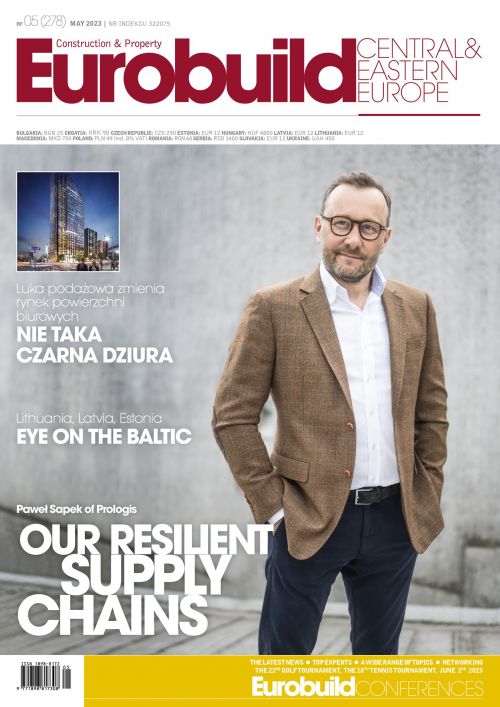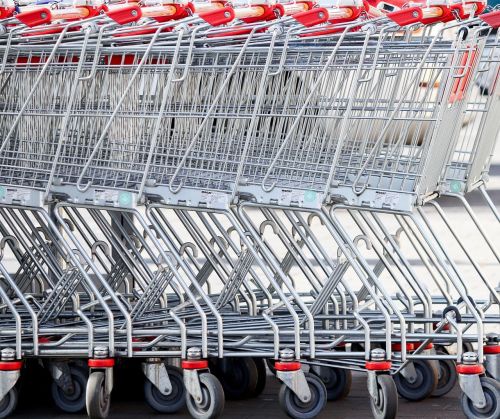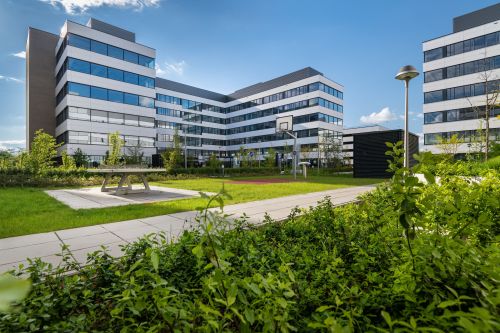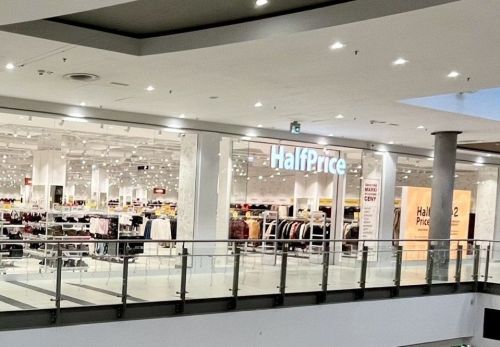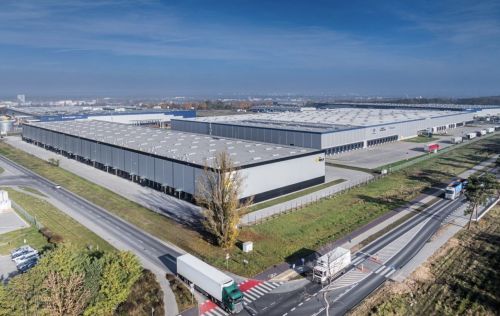Nathan North, Eurobuild CEE: How has the beginning of the year been for Prologis in Poland and the CEE region? Has the last quarter been less busy for you because of all the uncertainty, or are you seeing a more positive vibe emerging?
Paweł Sapek, senior vice-president, regional head CE & country manager, Prologis: Due to the fact that our operating results for 2022 were our best ever, everything we did in Q1 2023 was always going to be compared to the record results of the previous year. The last quarter was unique for us, but also, in the end, very good. In general, our CEE results reflected better-than-anticipated revenues, driven by healthy leasing activity and solid rent growth. As such, our focus will now be on our prime real estate portfolio, which is in very good shape and has an extremely low vacancy rate. We expect new supply to contract somewhat in 2023 across Europe – in Poland, in particular, it will be much reduced compared to previous years. Our financial
























